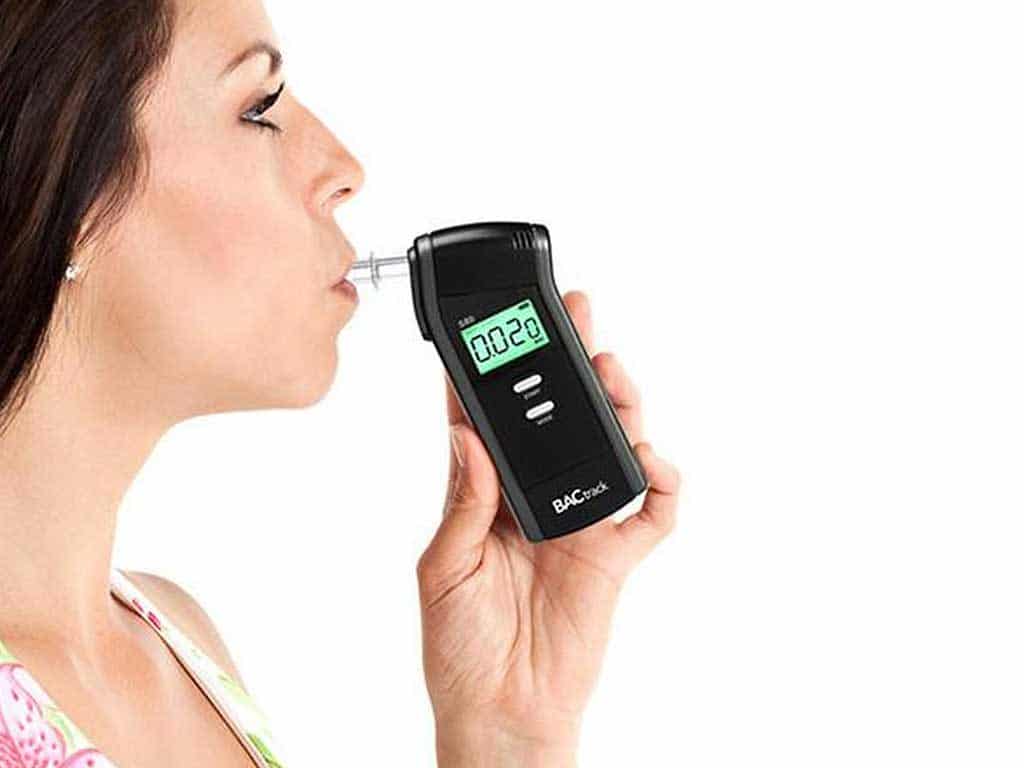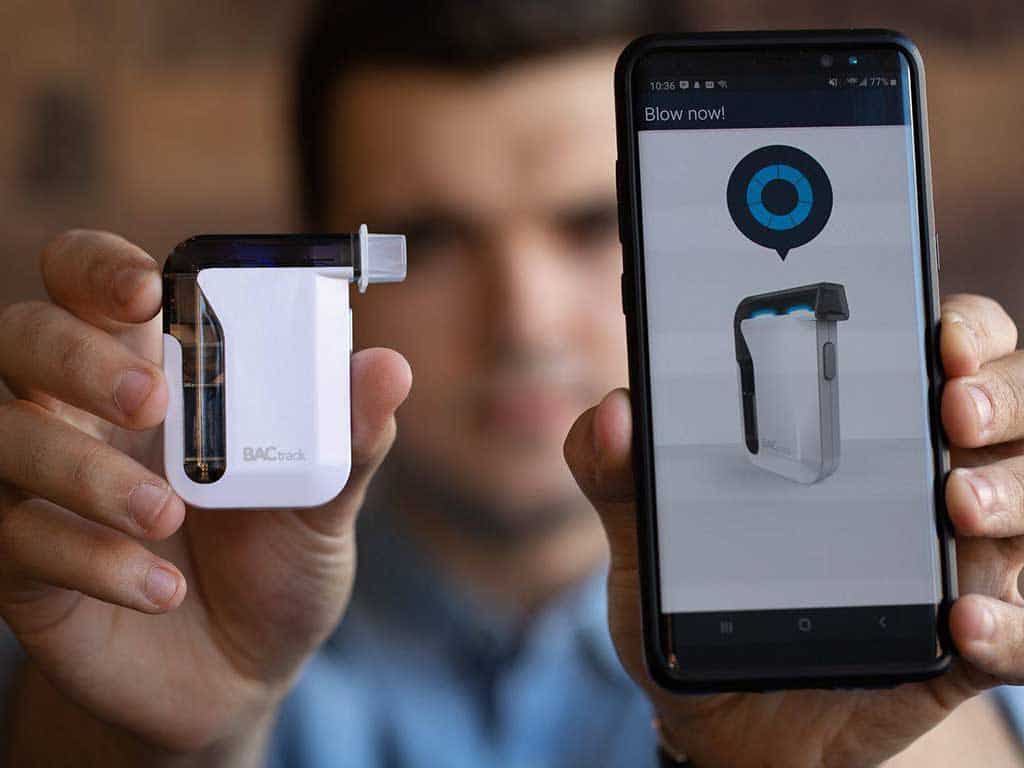Testing Blood Alcohol Level Using a Breathalyser: Guidelines
03 July, 2023

Alcohol consumption causes a person’s reasoning and senses to impair severely. Excessive amounts often lead to detrimental effects on health and safety. To prevent accidents, testing blood alcohol levels with a breathalyser is a common practice. It is easy to use and gives instant results. To facilitate an alcohol test, you must wait 15 minutes before using a breathalyser. Moreover, it is important to take the test in a smoke-free room to avoid false readings.
Breathalyser is a portable tool that measures the Blood Alcohol Content (BAC) or concentration of alcohol in the system. Law enforcement uses it in sobriety checkpoints to check the drivers’ alcohol or intoxication level. Therefore, it can determine if a person driving is exceeding the legal limits. In this article, we will explore the various BAC levels and their corresponding effects. We will also present the guidelines on how to use a breathalyser to get accurate results.
Understanding Blood Alcohol Level Testing
The BAC is the amount of alcohol in the bloodstream. It varies from person to person, depending on the amount and individual factors. Thus, the more a person consumes alcohol, the higher the BAC during blood alcohol level testing. Moreover, alcohol is a volatile substance that quickly absorbs in the body. Hence, a person may feel the intoxicating effects after a few minutes.
Blood alcohol tests are crucial in determining whether someone is fit to drive. A breathalyser examines the breath sample and estimates the BAC level in seconds. Each level has corresponding effects. In 0.01-0.05% BAC, the person may feel elevated mood and lowered inhibitions. There is a slower reaction time and exaggerated movements. In Australia, the general alcohol limit for driving is 0.05%.
A BAC of 0.06-0.15% has significant impairments in vision, speech, judgement, and coordination. It is hazardous to operate a vehicle or machinery at this level. At higher ranges, a person may have mental confusion, be unable to stand or walk without assistance, loss of consciousness, and be at risk of alcohol poisoning.
Factors Affecting the BAC
- Consumption rate: the amount of intake at a given time.
- Alcohol percentage: the concentration of ethanol varies per drink.
- Food content and hydration: food in the stomach lowers the body’s rate of alcohol absorption. As a result, it slows down the increase of BAC.
- Age: the body’s ability to process alcohol tends to slow down as a person ages.
- Gender: women tend to have less water content and more fatty tissues than men. These factors and imbalances in hormone levels lead women to have higher BAC.
- Medications: chemical interactions with alcohol may inflate the BAC.
- Metabolism: the rate at which the body can digest alcohol.

Guidelines for Testing Blood Alcohol Level With a Breathalyser
Blood alcohol level testing with a breathalyser is simple and easy. It utilises a sensor technology to calculate the amount of alcohol in the breath. Firstly, it is vital to wait 15 minutes after eating, drinking, or smoking before taking a breath test. This allows alcohol to reach the lungs and eliminate residual alcohol in the mouth for more precise sampling.
Secondly, when giving a breath sample, blow steadily into the device for at least six seconds. This ensures enough breath for the sensors to provide an accurate reading. Additionally, an inconsistent airflow pattern will give an error message, and you may have to retake the test. To monitor the changes in the BAC, take a breath test every hour.
Moreover, use the breathalyser in a smoke and alcohol-free room to avoid ambient fumes or airborne contaminants from entering the sensors. Lastly, ensure the device is calibrated. By following these guidelines, you can get accurate BAC readings and make informed decisions. A breathalyser can also help you understand how your body processes alcohol.
Recalibration
Breathalyser recalibration is crucial to maintaining the accuracy of the device. Over time, the sensors may drift as they accumulate alcohol residue and other particles. Thus, it can become less accurate due to exposure to environmental factors. The recalibration interval depends on the type of sensors and usage frequency.
A device may require recalibration every 500 tests or every 6 to 12 months. It is essential to check the schedule of sending the unit so you can avoid inconveniences when going out. Furthermore, the breathalyser may need servicing when it gives unusually low or high results.

Testing Blood Alcohol Level – How a Breathalyser Works
There are many ways to test blood alcohol levels. Urine and blood tests are some of the methods. However, they are intrusive and require laboratory processes. An alcohol test with a breathalyser is the most efficient procedure. It is non-invasive and has a fast turnaround time. Moreover, it utilises either semiconductor or fuel cell sensor technology.
A breathalyser works by using a chemical reaction between the alcohol in the breath and a substance in the sensor. When a person blows into the device, the air enters a chamber that contains the chemicals, producing small electrical currents. Then, the device measures the amount of the currents, which is directly proportional to the amount of alcohol in the blood.
The BAC result is displayed on the device screen, indicating the alcohol level. Furthermore, the accuracy of the breathalysers varies with the type of sensors. Generally, semiconductor breathalysers are more low-cost, making them ideal for personal use. However, they are susceptible to other compounds. On the other hand, fuel cell sensors are more specific to ethanol. Hence, it minimises the possibility of false positives.
What to Look For in a Breathalyser
Breathalysers come in various styles and features. Aside from differences in sensor technology, these devices may offer different functionalities. Firstly, consider the ease of use and user-friendliness. There are convenient one-touch operation breathalysers that enable testing in seconds. Examples are the BACtrack S80 and Trace Pro from Breathalysers Australia.
Secondly, check the BAC range when choosing a device. Pro-grade units can trace alcohol concentrations for up to 0.400%. Lastly, if you need efficient monitoring, you may get a smartphone breathalyser. The BACtrack Mobile Pro, C8, and C6 have Bluetooth capability to connect to a mobile app where they can track the previous BAC results.
Conclusion
Using a breathalyser to test blood alcohol levels can help you manage your consumption of alcohol and make informed decisions. It has simple guidelines to ensure accurate readings. These involve waiting at least 15 minutes after drinking and blowing steadily to provide sufficient air samples. It also includes taking the test in a clear space, free from smoke, alcohol vapour, and other fumes. Lastly, ensure to have the device regularly recalibrated to maintain sensor accuracy.
By following these guidelines, you can ensure that you get accurate readings and avoid the serious consequences of drinking and driving. Remember, if you’re unsure about your ability to drive, it’s always best to err on the side of caution and find a safe alternative mode of transportation. There are various pro-grade breathalysers that you can get for personal use. For a comprehensive selection, you may visit Breathalysers Australia online.





























